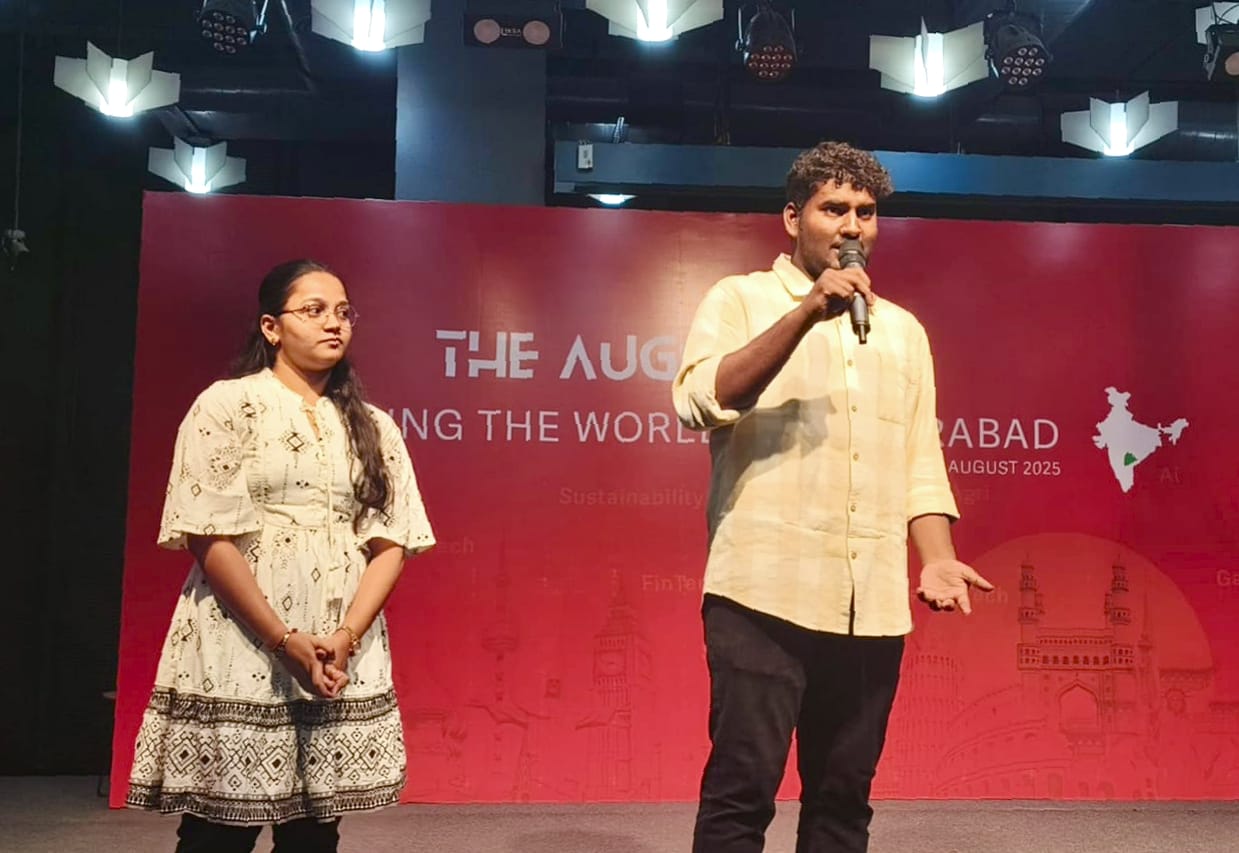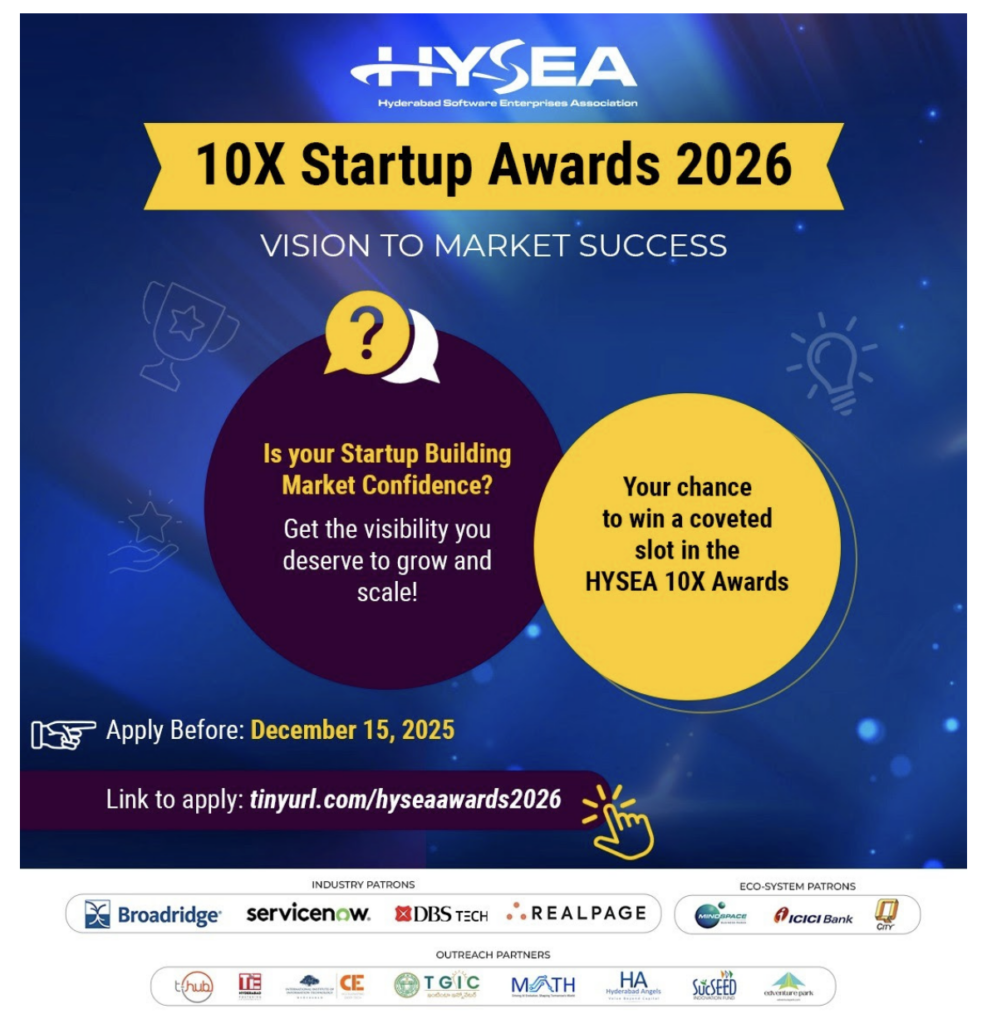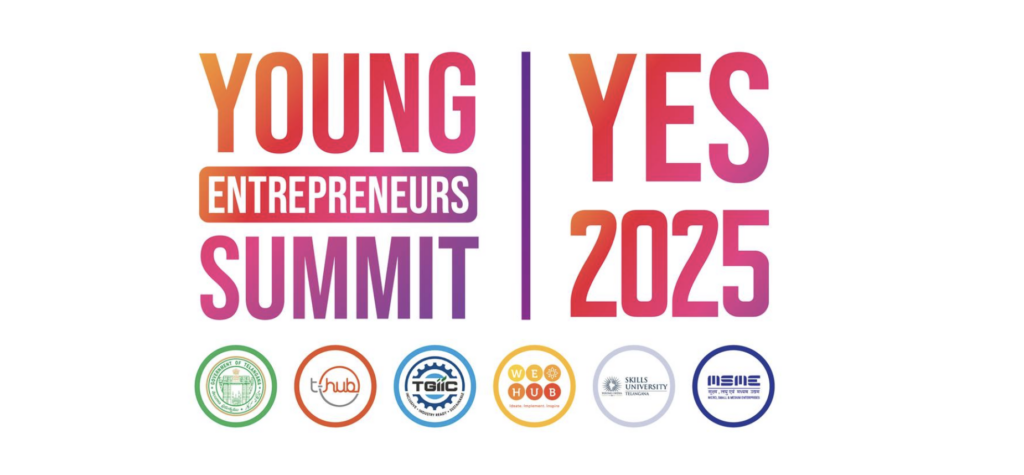The very first step of starting up is zeroing in on the idea. Very important that the idea should connect with the founder, Resonate strongly, Inspire, and Excite. But we all know that clear observation of markets and effective pivots is key to a startup success. And this starts right from idea stage.
Every founder is advised to look at some key aspects when assessing ideas, The idea validation filters, The opportunity, Market gap, willingness to pay, Unique Selling Poing (usp), competitive positioning, customer segments, access channels to the segments and more. But rarely do anyone stretch an idea. This is really the first pivot, even before actually starting up, that may end up saving a lot of previous resources and time by identifying a possibly more effective adjacency early on.

Ideation is a Creative process. One cannot just sit and get a new idea. However once you have an idea, maybe easier to look for adjacencies. I always encourage soon-to-be-founders to get more adjacent ideas and look at all before picking one. Often they would end up picking an idea that is different from what they started with.
A great technique to spot idea adjacencies is the Idea Hexahon, by Dr.Ramesh Raskar. Basically 6 simple techniques that may help identify adjacent ideas. All of them involve looking a specific way from the present first idea. Easiest way being: Given an idea, find other ideas that this can be combined with to create a new idea or solve a different problem. Can room aggregation be combined with office aggregation or can aggregation to solve a different problem of maybe new business relocation.
The second way is to explore if the idea can be made incrementally better. Say if the idea is to aggregate rooms, add a room brand and convenience kit to create a more wholesome and standardised hotel stay experience, what Oyo does now.
The next way is to look for an inverse. If room aggregation is the idea, is there some disaggtegation opportunity? Maybe find clusters like small boutique hotels. Likewise the fourth way is to look for other problems same approach can solve. Where else can aggregation be used to realise similar scale or efficiency value. Maybe aggregate wedding halls or function places or even office cabins.
The fifth way is to look for other ways to solve the same problem. If the problem is idle rooms being put to commercial use thru aggregation, are there any other models to put these same rooms to use. Here defining the right problem is key to be able to get other ideas.
Sixth way is to extend the solution to next dimension. Individual rooms, small boutique hotels, aggregated to Oyo like solution. And then what next? What can be the next dimension? Aggregate only small hotels? Maybe aggregate for large tour groups?
Essentially the idea hexagon provides a simple framework to extend one idea and get many other la triggered from that one idea. And when you have 10-20 ideas, on this bappky the basic idea validation filters and pick the best. Often will end up some other than what you started with!








